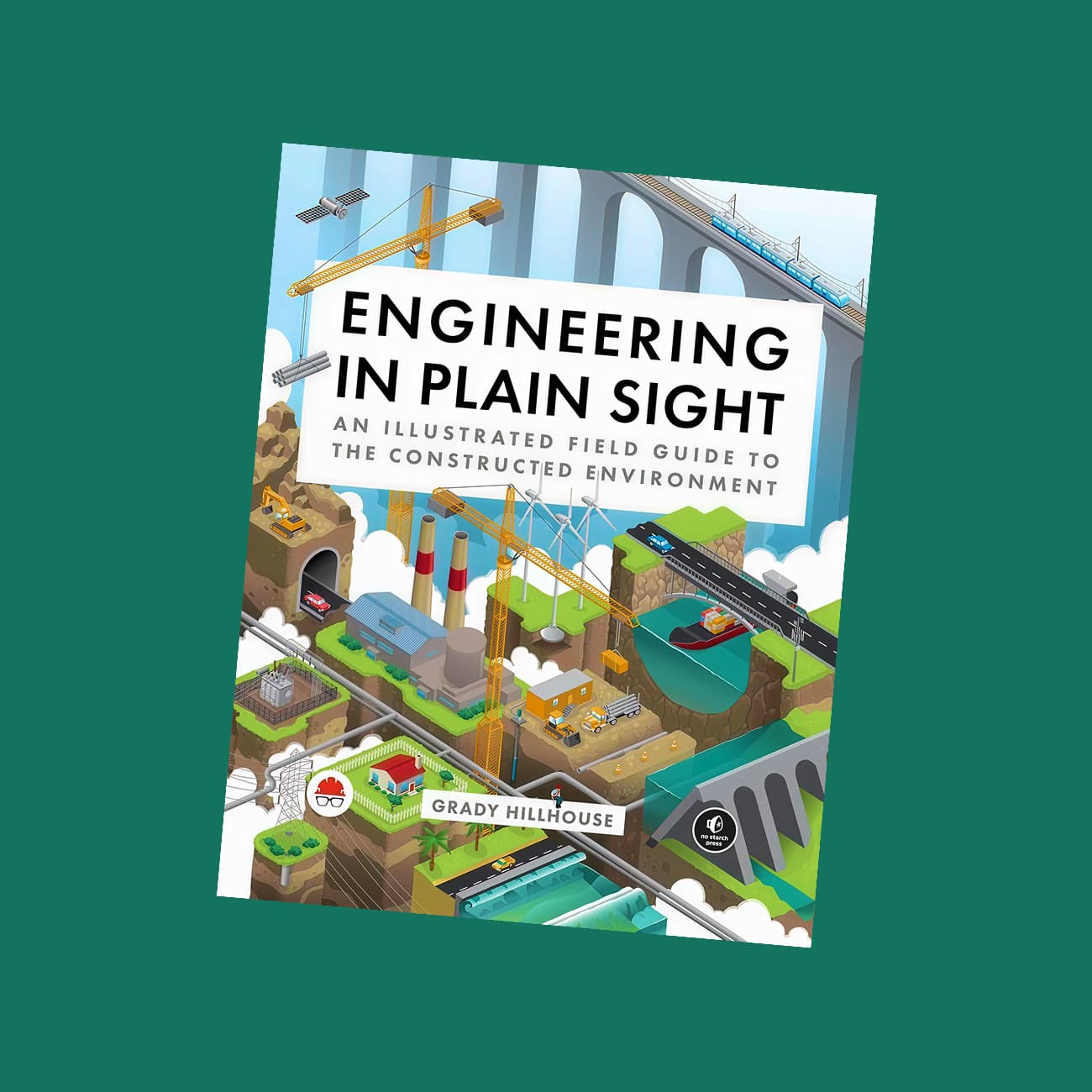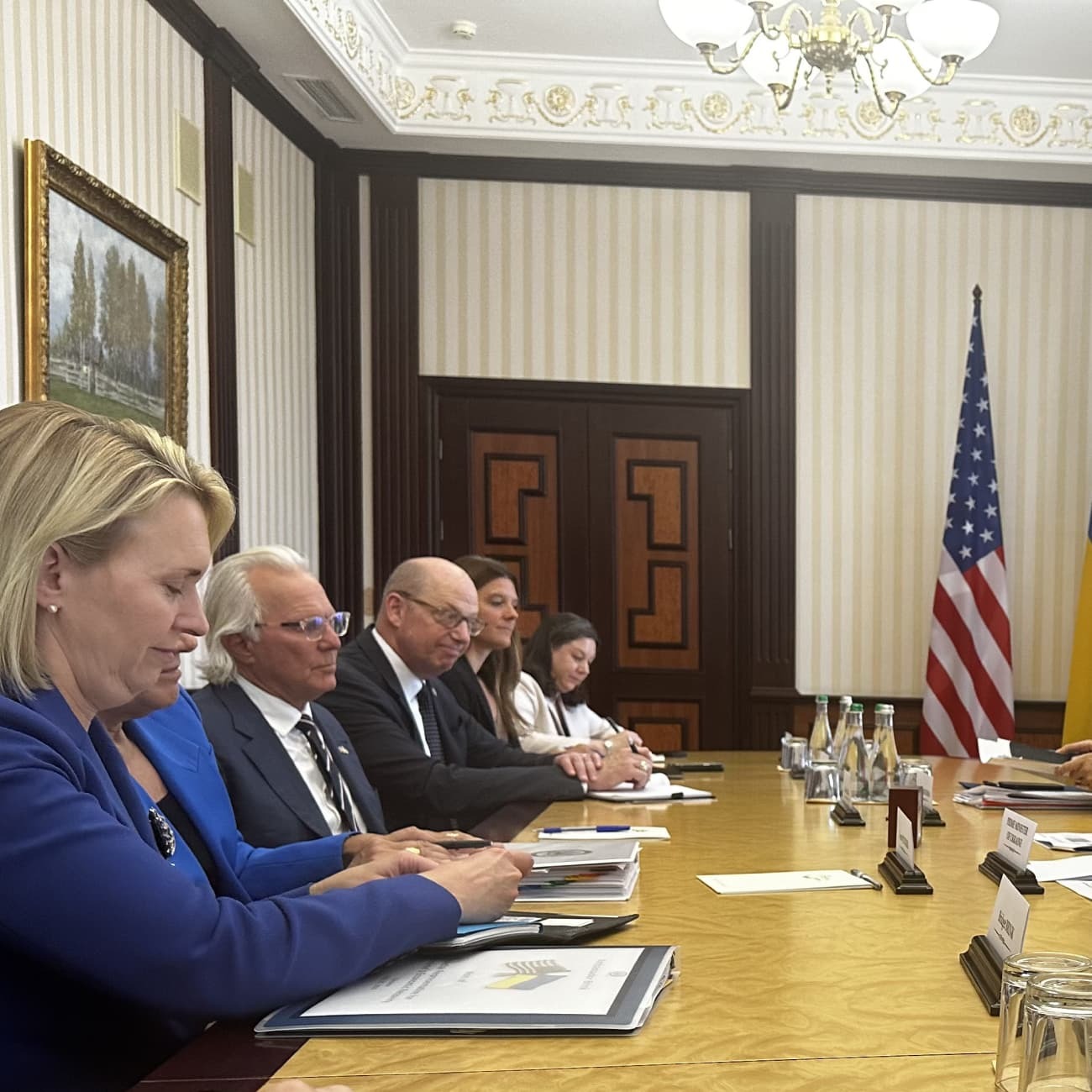Transforming the Everyday into Stunning Sculptures with El Anatsui

El Anatsui is a Ghanaian sculptor who has gained international recognition for his ground-breaking work in transforming everyday materials into stunning, monumental sculptures. Born in Anyako, Ghana, in 1944, he studied at the College of Art, Kwame Nkrumah University of Science and Technology. In 1975, El began teaching at the Fine Arts Department of the University of Nigeria, Nsukka. For more than four decades he was Professor of Sculpture and is now Departmental Head.
He recently made the 2023 list of Time’s 100 “Most Influential” people, alongside noteworthy actors, politicians, and personalities. El was honored by the Nigerian art historian Chika Okeke-Agulu, who called him “one of the most impactful artists of our time.”
His most significant works are his large-scale sculptures, made from found materials such as bottle caps, copper wire, and discarded aluminum printing plates. He transforms these materials into intricate and colorful tapestries, which he arranges in undulant patterns that mimic the fluidity of fabric. These pieces are visually striking and conceptually rich, exploring themes such as globalization, consumerism, and African identity.
One of his most famous works is Gravity and Grace (2012). It features 12 monumental wall and floor sculptures, widely considered to represent the peak of his career. Created with bottle caps from a distillery in Nsukka, the pieces are woven together with wire to form shimmering tapestries that are a commentary on the impact of global trade and a celebration of West African cultural traditions.
El’s work has been exhibited in major museums and galleries around the world, including the Metropolitan Museum of Art and the Museum of Modern Art in New York, and the British Museum in London, among many others. In 2010, he was awarded the Golden Lion for Lifetime Achievement at the Venice Biennale, one of the most prestigious awards in the art world.
Some of El’s notable exhibitions include his solo show at the Royal Ontario Museum in Toronto in 2012, which featured a retrospective of his work from the 1970s to the present day. In 2013, he exhibited a series of new works at the Brooklyn Museum in New York, which explored themes of memory and history through the use of found objects and recycled materials.
Black and Silver (2018), one of his archival pigment prints with hand collage, aluminum and copper wire, is a piece in the Clark Collection. It’s a great example of how he transforms discarded objects into artworks.
What I like most about El’s art is that he pushes the boundaries of traditional sculpture and explores new ways of representing African culture and identity through his work.
Read more about El and how he has helped establish African art as a global force here.






.avif)



